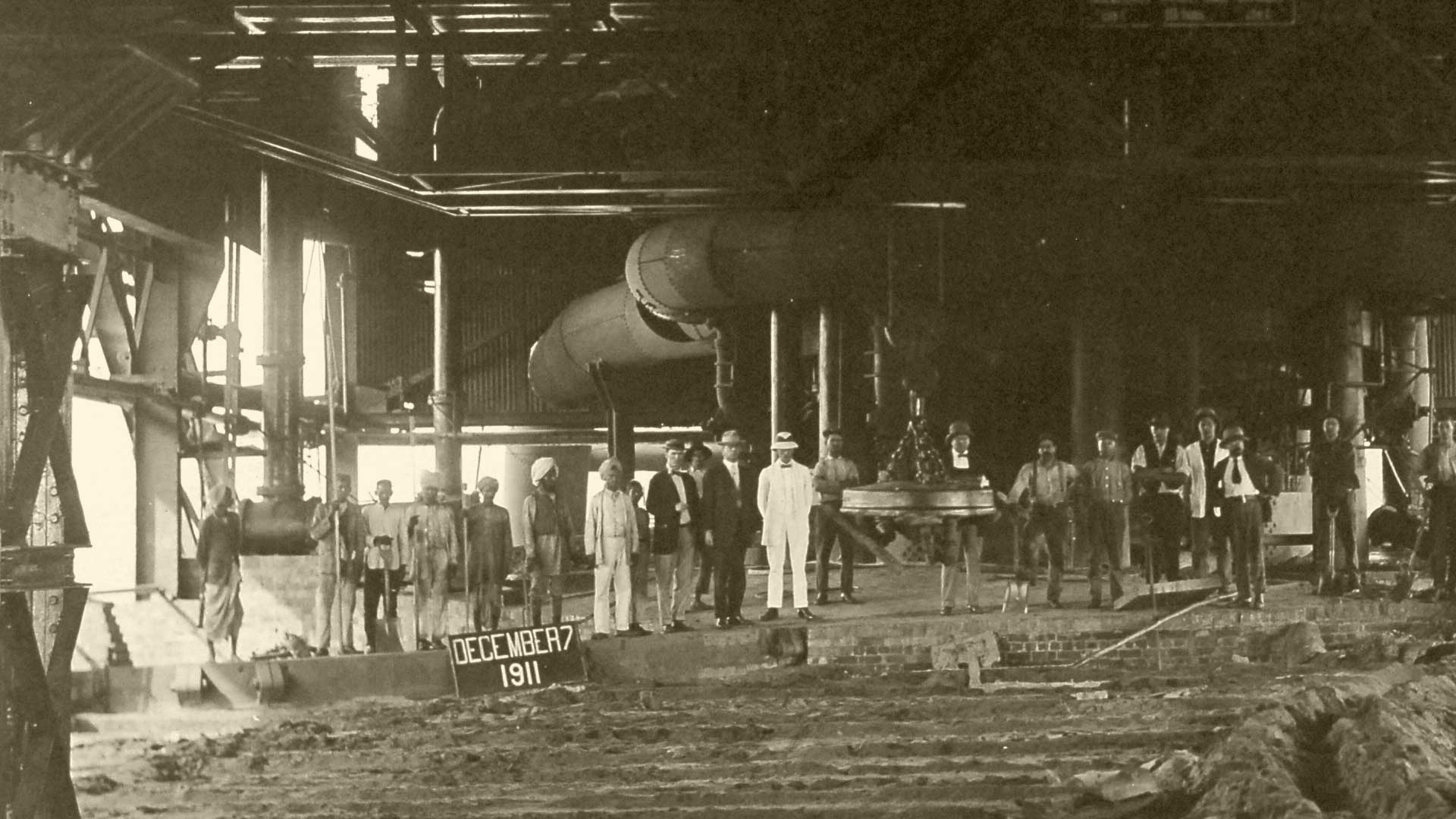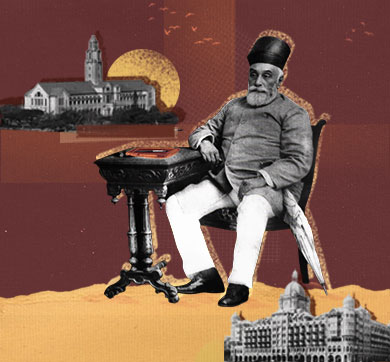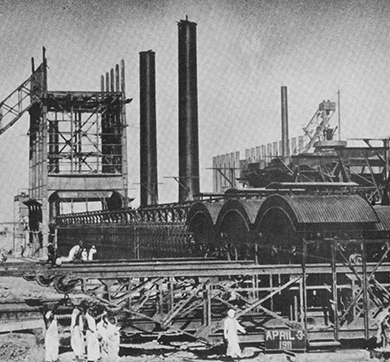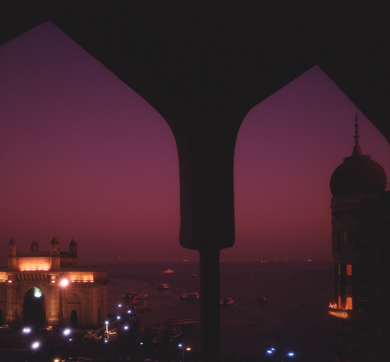Mar 3, 2019 | Dr Shashank Shah | 1172 words | 5-min read
‘Freedom without the strength to support it and, if need be, defend it, would be a cruel delusion. And the strength to defend freedom can itself only come from widespread industrialization and the infusion of modern science and technology into the country’s economic life.’
In the 1880s, Field Marshal Lord Auchinleck had told the BBC that he and his friends were convinced that the British Raj in India would last a thousand years. For there was no way the British would let go the ‘brightest jewel in the Crown’.
On the other side of the globe, Indian nationalists were striving hard for the nation’s earliest redemption from the Raj. Though Jamsetji shared the patriotic sentiments of fellow nationalists, he firmly believed that India’s industrial self-sufficiency was a prerequisite for its political independence. He once observed, ‘Freedom without the strength to support it and, if need be, defend it, would be a cruel delusion. And the strength to defend freedom can itself only come from widespread industrialization and the infusion of modern science and technology into the country’s economic life.’
Steel and Power
During his many travels, he compared his country with industrialized nations and came to three conclusions: first, no country that did not manufacture iron and steel could become industrially great; second, no sustained economic growth was possible without the aid of science and technical education; and third, the prosperity of his favourite city Bombay depended upon the provision of cheap electric power.
Incidentally, electric power and steel were the two pillars of the Soviets and of communism in Russia. He was convinced that these three schemes would be the harbingers of national growth. The last quarter-century of his life was dedicated to these three; and they in turn became the basis of the future Tata empire.
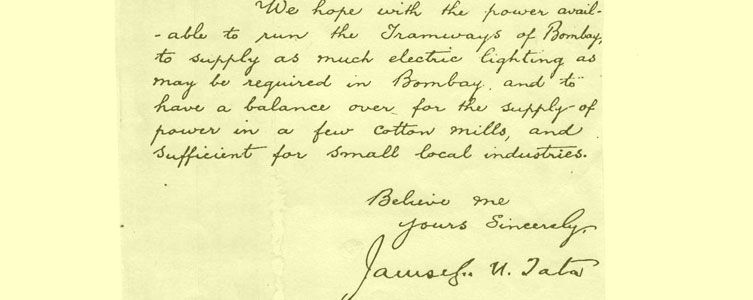
In his scrapbook, the very first page had a mention of a sentence by Thomas Carlyle (English author and philosopher) that he had heard in a speech made in 1867, ‘The nation which has the steel will have the gold.’ However, laws in British India discouraged private enterprises from mining. When demand for steel required for railways and defence production grew faster than supply, Lord Curzon, viceroy of British India, was forced by his superiors to liberalize the mining laws in 1899. Jamsetji had been waiting for this for twenty years. He set sail for England in the summer of 1900 to meet Lord Hamilton, Secretary of State for India, who was the only person with the power to issue orders to the viceroy and knew they would be obeyed.
‘a political pioneer of the most reliable character’.
Hamilton was impressed with the Tatas’ three schemes and was most enthused with the idea of India producing its own steel. Jamsetji told Hamilton that if he built a steel plant at his age, it wouldn’t be for personal gain but only because India needed it. He also shared the many obstacles put in his way by the Raj. Hamilton acknowledged his superordinate passion and assured him that he would write to Curzon to support him in all his schemes. In later years, Hamilton acknowledged Jamsetji as ‘a political pioneer of the most reliable character’.
Enthused by Hamilton’s commitment, Jamsetji set sail for America, where he was often called the J.P. Morgan of East Indies. Some newspapers even thought his name was John N. Tata! In Pittsburgh, he found the man he needed—Julian Kennedy, the foremost metallurgical engineer in the world.
Kennedy advised larger survey of the iron ore deposits in India’s hinterland before commencing operations. He sent him to Charles Page Perin in New York. When he finally reached Perin’s office, he lmost commanded, ‘I want you to take charge as my consulting engineer. Mr Kennedy will build the steel plant wherever you advice and I will foot the bill. Will you come to India with me?’ Jamsetji’s enigmatic personality compelled Perin to listen. ‘I was dumbfounded. But you do not know what character radiated from Tata’s face, and kindliness too. I said I would go and I did,’ recalled Perin several years later.
Bringing the best to India
Jamsetji believed in getting the best consultants to provide India with world-class enterprises. This was evident in all Tata ventures. The Tatas’ steel project was received with dismay in India and considered rather foolhardy. At the turn of the twentieth century, per capita consumption of steel in India was 0.5 kg compared to 318 kg in USA and 227 kg in Britain and Germany.
When Sir Frederick Upcott, chairman of the railway board, heard about the Tatas’ steel venture, he remarked, ‘Do you mean to say that the Tatas propose to make steel rails up to British specifications? Why, I will undertake to eat every pound of rail they succeed in making.’
Yet, the Tatas were undeterred. After all, India was not new to steel making. It had a 2500-year-old history. Persian King Xerxes I had employed Indian archers using arrows tipped with Indian steel in the battle of Thermopylae in 480 bc. Eighty years later, Porus presented Alexander with 15 kg of Indian steel. Closer home, in 402 ad, the famous iron pillar weighing 6000 kg was erected by Chandragupta II near Delhi. Currently located near the Qutub Minar, it was the largest mass of iron to be cast in the ancient world. Its corrosion-resistant composition remains a testimony to the high level of skill achieved by ancient Indian ironsmiths in extraction and processing of iron. What Jamsetji was attempting was in fact a revival of India’s ancient capacity of indigenous steelmaking, albeit with the most modern techniques.
Perin’s partner Charles Weld arrived first in India in 1903. He and Dorabji prospected the jungles of central India for deposits of iron ore. They travelled by horse, bullock cart and foot, faced many a wild animal, and even made their tea in soda water. After months of unfruitful search, Weld wanted to leave but Jamsetji refused. In a letter to Dorabji, he visualized the steel city he wanted to build unlike the dismal steel towns he had seen in the USA. The catholicity of his vision is evident in his expression. He wrote, ‘Be sure to lay wide streets planted with shady trees, every other of a quick-growing variety. Be sure that there is plenty of space for lawns and gardens. Reserve large areas for football, hockey and parks. Earmark areas for Hindu temples, Mohammedan mosques and Christian churches.’ It was said of him that he united the daring courage of the American captain of industry with the German passion for details, and the contemporary Japanese spirit.
Given his age, and the extreme physical strain he had undergone over the previous five decades, Jamsetji was running a race against time. On his deathbed at Bad Nauheim (Germany), where he was undergoing treatment, he told R.D. Tata, ‘Do not let things slide. Go on doing my work and increasing it, but if you cannot, do not lose what we have already done.’
On 18 May, Dorabji and his wife, Meherbai, arrived in his presence and were feebly yet warmly welcomed by him. The next morning, 19 May, India’s foremost industrial doyen slipped away in his sleep. Tributes poured in from all over the world. On his passing, Lord Curzon admitted, ‘No Indian of the present generation had done more for the commerce and industry of India.’
The above excerpt has been taken from The Tata Group: From Torchbearers to Trailblazers published by Penguin Random House.
Image courtesy Tata Steel. The banner depicts the first blast furnace at Tata Steel, Jamshedpur.




